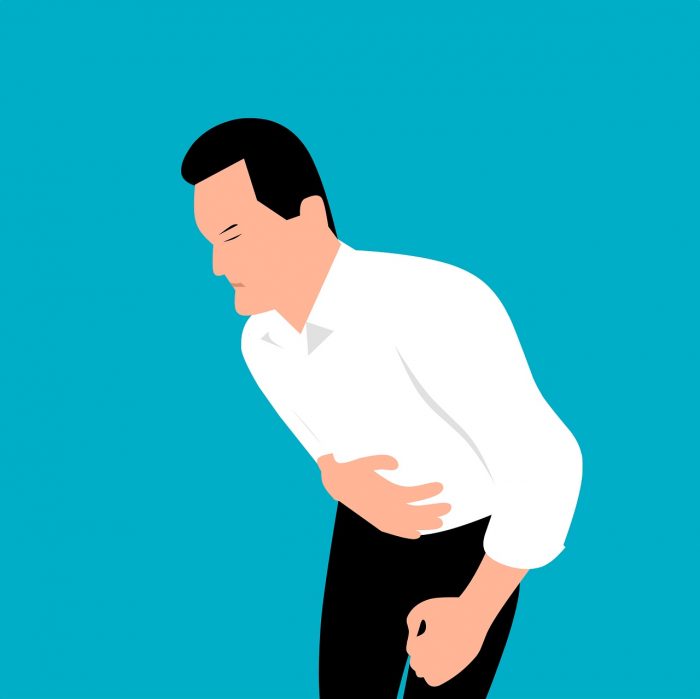Medical Compass: How do you build and maintain a healthy gut?
Antibiotic use can affect the microbiome
By David Dunaief, M.D.

Each of us has a microbiome — trillions of microbes that include bacteria, viruses and single-cell eukaryotes that influence our body’s functions. When “good” and “bad” microbes are in balance, we operate without problems. However, when the balance is tipped, often by environmental factors, such as diet, infectious diseases, and antibiotic use, it makes us more susceptible to diseases and disorders.
While the microbiome is found throughout our bodies, including the skin, the eyes and the gut, we’re going to focus on the gut, where most of our microbiome lives.
Research into the specifics of our microbiome’s role in healthy functioning is still in its infancy. Current research into the microbiome’s effects include its role in obesity, diabetes, irritable bowel syndrome, autoimmune diseases, such as rheumatoid arthritis and Crohn’s, and infectious diseases, such as colitis.
What influences our microbiome?
Lifestyle, such as diet, can impact our microbiome positively or negatively. Microbiome diversity may be significantly different in distinct geographic locations throughout the world, because diet and other environmental factors play such a large role.
When we take drugs, such as antibiotics, we can wipe out our microbial diversity, at least in the short term. This is why many have gastrointestinal upset while taking antibiotics. Antibiotics don’t differentiate between good and bad bacteria when they go to work.
One way to counteract these negative effects is to take a probiotic during and after your course of antibiotics. I recommend Renew Life’s 30-50 billion units once a day, two hours after an antibiotic dose and continuing once a day for 14 days after you have finished your prescription. If you really want to ratchet up the protection, you can take one dose of probiotics two hours after each antibiotic dose.
How does the microbiome affect weight?
Many obese patients continually struggle to lose weight. Obese and overweight patients now outnumber malnourished individuals worldwide (1).
For a long time, the paradigm for weight loss had been to cut calories. However, extreme low-calorie diets were not having a long-term impact. It turns out that our guts may play important roles in obesity and weight loss, determining whether we gain or lose weight.
The results from a study involving human twins and mice are fascinating (2). In each pair of human twins, one was obese and the other was lean. Gut bacteria from obese twins was transplanted into thin mice. The result: the thin mice became obese. However, when the lean human twins’ gut bacteria were transplanted to thin mice, the mice remained thin.
By pairing sets of human twins, one obese and one thin in each set, with mice that were identical to each other and raised in a sterile setting, researchers limited the confounding effects of environment and genetics on weight.
The most intriguing part of the study compared the effects of diet and gut bacteria. When the mice who had received gut transplants from obese twins were provided gut bacteria from thin twins and given fruit- and vegetable-rich, low-fat diet tablets, they lost significant weight. Interestingly, they only lost weight when on a good diet. The authors believe this suggests that an effective diet may alter the microbiome of obese patients, helping them lose weight. These are exciting, but preliminary, results. It is not yet clear which bacteria may be contributing these effects.
Does gut bacteria contribute to the development of rheumatoid arthritis?
Rheumatoid arthritis (RA) is an autoimmune disease that can be disabling, with patients typically suffering from significant joint soreness and joint breakdown. What if gut bacteria influenced RA risk? In a study, the gut bacteria in mice that were made susceptible to RA by deletion of certain genes (HLA-DR genes) were compared to those who were more resistant to developing RA (3). Researchers found that the RA-susceptible mice had a predominance of Clostridium bacteria and that those resistant to RA were dominated by bacteria such as bifidobacteria and Porphyromonadaceae species. The significance is that the bacteria in the RA-resistant mice are known for their anti-inflammatory effects.
Although we can’t yet say what the ideal gut bacteria should consist of, we do know a few things that can help you. Diet and other lifestyle considerations, such as eating and sleeping patterns or their disruptions, can affect the composition and diversity of gut bacteria (4). Studies have already demonstrated prebiotic effects of fiber and significant short-term changes to the microbiome when eating fruits, vegetables, and plant fiber. The research is continuing, but we’ve learned a lot already.
References:
(1) “The Evolution of Obesity”; Johns Hopkins University Press; 2009. (2) Science. 2013;341:1241214. (3) PLoS One. 2012;7:e36095. (4) Nutrients. 2019 Dec;11(12):2862.
Dr. David Dunaief is a speaker, author and local lifestyle medicine physician focusing on the integration of medicine, nutrition, fitness and stress management. For further information, visit www.medicalcompassmd.com or consult your personal physician.







